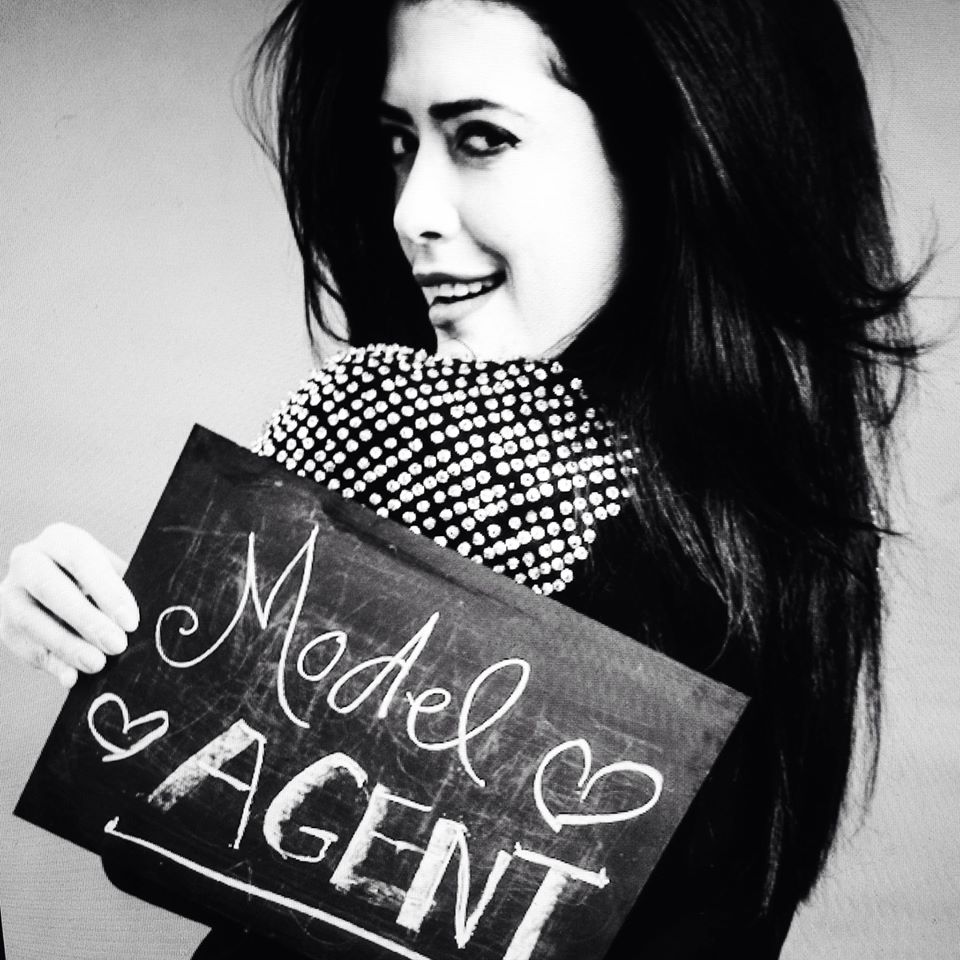
The Internet is constantly being saturated daily with more and more images of beautiful models, but still we rarely stop to think of the people working behind the scenes to bring these ladies to success. Natasha Budovitch, a modeling agent at Elite in Toronto, gives us her take (and advice) on what it’s like to work in this particular part of the industry.
SNTF: Can you walk us through the daily responsibilities of a modeling agent?
NB: My day changes daily – no day is really the same! While I have my morning cup of joe, I plunder through the blogs – models.com and fashiongonerogue.com – to see what’s happening in the fashion world. My job is portioned off into three parts: managing the girl, booking talent and client relations. So when I say managing, I am checking up on their schedules, their international placements, accounting, image development, work papers and visas, booking, promoting them for work and organizing their jobs from every detail of logistics. With clients, I promote talent for their upcoming projects, negotiate rates and usages (image rights, where they can use the images and for how long).
SNTF: Would you mind sharing with us what the differences are between a modeling agent and a model manager?
NB: Whoever a model originally is scouted by and signs with usually becomes their mother agent, which can be their manager. This is generally who builds their image and manages their international placement. They strategize what markets their models should be in next – Toronto, New York, Paris, Mexico, Tokyo, etc. Managers can often have say on a model’s image, if models need to change their appearance – for example, let’s go blond, etc. When talent is ready managers will place them with an agency to get them jobs. We have models that we are the managers and agents to, and some come to us from managers. So you don’t need both, we can act as both. Some managers can’t sell so they just prefer to scout, find managers and pass off.
SNTF: How did you get into this specific area of the fashion industry?
NB: I took Fashion Communications at Ryerson University, [and] I grew up with a mother in the industry and it was always an interest. I went to Ryerson and Elite became my first internship. The agents always fascinated me and I thought it would be cool to someday become one. Once I graduated I became a client and I street scouted occasionally. I always kept in close touch with the agency and when a spot opened up I was invited back.
SNTF: What would you suggest is the best way for people to get started working in this particular field? Is there a University program, other courses or additional resources that could help?
NB: You can go anywhere from Ryerson Fashion Communications, it makes you very well rounded and ready for anything in the industry. To be a model agent I still use everything I learned at Ryerson, [like] my design skills for marketing and promotion. All my contacts from school and interning are my clients, so I feel like every contact I’ve ever made is for this reason. My art direction comes in to play for building images. To be an agent, I would suggest interning at an agency at some point, going out in the industry gaining that knowledge, keeping in touch and then it will call on you when the time comes.
SNTF: What do you think the key characteristics and skills a modeling agent should have in order to be successful?
NB: Attention to detail, multi-tasking/[extreme focus], self-motivation, confidence and an eye for trends in fashion and beauty.
SNTF: As a modeling agent you deal with many different clients on a regular basis, do you have any tips on how to stay organized and maintain connections with these people?
NB: To stay organized, I take lots of notes, make lists, keep folders, breathe and remain as calm as possible. You need a level head or you’ll drown. It’s about what needs my attention right now and then multitask and prioritizing. Maintaining relationships, I make sure everyone has a great experience working with me, a lot of follow-ups and little updates so they know I’m thinking of them.
SNTF: How do you go about delivering tough and constructive criticism in your work place in an appropriate way?
NB: It’s not easy. To models you need to be calm, encouraging and deliver [the] positive with negative. I’m very transparent and try to tell it like it is while being inspiring and uplifting.
With my peers, we battle all time we’re like family. You will never always see eye to eye or agree, especially when it comes to models. Someone may like someone and the other might not. You need to go outside yourself and make decisions based on the table, the brand and what’s going to be the best for your time and making money. You can’t do it all on your own; you need support of the agency, especially when it comes to building new models. It’s about putting egos down and making decisions together. With clients, it’s about remaining calm, collected and confident. Even if you’re not, you need to present as so. When you are calm, clients are calm, when you get hectic they feed off it. So put out the energy you want to get back. If you’re confident, they will be confident in you.
SNTF: Based on your previous experiences, are there any myths about the modeling industry that you could enlighten us on?
NB: Unfortunately, everyone thinks they can be the Jenners or the Hadids, but as awesome as they are (#agentgoals) they had famous parents, so starting at the bottom was never an issue for them. People need to come [down] to Earth on the expectations and realize that hard work will pay off. There’s bad and good in every industry, you need to know what you want, know your limits, stand your ground and make good decisions. No matter what industry or field you are in, there is good, bad and ugly. Most people highlight the bad because it sells papers. There’s as much of a dark side [on] Bay Street [as] there is on Queen Street, so to say. They don’t talk about teenagers paying off university before they get there, or being able to buy a condo at 21, travel the world and become people they didn’t dream were possible.
SNTF: What do you consider when you’re looking for an agency to work at?
NB: As an agent? You should believe in the brand image of the agency and the talent. As well as gel with the people. As a model? You need to look at it like picking a family; you need to have a connection with your agent. It’s a relationship and a partnership. It’s like having a puppy – we grow with you.
SNTF: Looking for jobs, especially for the first time post-graduation, can be intimidating. What is the most important thing to keep in mind when applying for jobs in the fashion industry?
NB: Believe in yourself – if you know you can do something you can. If the posting says 5-6 years required, if you can do it, apply. Prove it – your work/ portfolio should speak for you.
SNTF: Lastly, is there any advice you could share that you wish someone had given you about working in the fashion industry?
NB: Be yourself, and don’t back down. It’s hard and most people will want you to fail, but be strong and don’t work for others, work for you.
By Sarah Said
Are you an employer? Post your fashion job here.
Are you a job seeker? Find fashion jobs here.
Don’t forget to follow us on Instagram for the latest fashion jobs, career advice and fashion trends!

